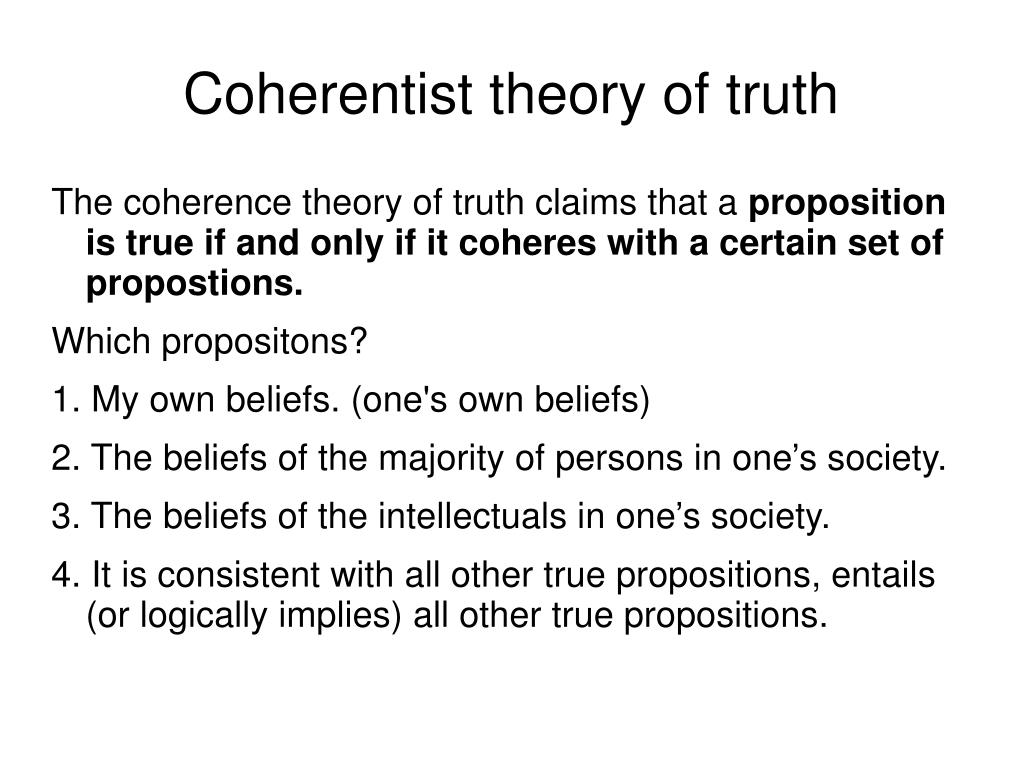

Intuitively, the witnesses' agreement constitutes strong evidence that the story to which they attest is the truth. He takes as a starting point an illustration employed by both Lewis and BonJour, in which witnesses of doubtful reliability independently agree on a number of specific details about a crime. Coady to use coherence to justify our ordinary beliefs derived, respectively, from memory, sense perception, and testimony. In the first part of the book, Olsson confronts attempts by C.I.

Ultimately, he finds that a high degree of coherence cannot secure a high probability of truth, nor does greater coherence in general imply a greater likelihood of truth, even ceteris paribus. Olsson focuses on attempts to show that coherence is "truth-conducive", meaning that the coherence of a belief system contributes to its probability of being accurate. He was probably involved, if uncredited, in the editing of Bradley's collected works, including the Collected Essays with Bradley's sister Marian de Glehn, and Ethical Studies.Erik Olsson's Against Coherence poses a powerful challenge to coherence theories of justification, from the standpoint of probabilistic epistemology. Descartes's Rules for the Direction of the Mind (1957) edited from notes by John Austin and Errol Harris.Aristotle: The Nicomachean Ethics: A Commentary, edited by D A Rees (1951).Aristotle on Coming-To-Be & Passing-Away (De Generatione et Corruptione) (1922 reprinted 1999).Immediate Experience and Mediation (1919).The Platonic Distinction Between 'True' and 'False' Pleasures and Pains article in Philosophical Review September 1911, Volume XX, pages 471 to 497.Aristotle's De lineis insecabilibus (1908) translator.Study of the Ethics of Spinoza (Ethica Ordine Geometrico Demonstrata) (1901).Both Bertrand Russell, arguing for the former, and William James, arguing for the latter, cited Joachim's text as a paradigm of what they thought was wrong about the coherence theory. In this class, it is a rival to the correspondence and the pragmatist theories. The coherence theory is nowadays viewed as part of a class of theories called robust or inflationary accounts of truth. Joachim was a nephew of the great 19th Century violinist Joseph Joachim, and was himself a talented amateur violinist.

Whilst at Oxford he taught the American poet T.S. He became Wykeham Professor of Logic of the University of Oxford from 1919, succeeding the realist John Cook Wilson, and occupied the chair until his death. In 1907 he married his first cousin, a daughter of the violinist Joseph Joachim. Returning to Oxford in 1894, he was lecturer at Balliol until becoming a Fellow and Tutor at Merton in 1897. He was elected to a Prize Fellowship at Merton College in 1890, and in 1892 became a philosophy lecturer at the University of St Andrews. He was educated at Harrow School and Balliol College, Oxford, where he was a pupil of R. Harold Henry Joachim was born in London, the son of a wool merchant who had come to England as a young man from Hungary. He was also a scholar of Aristotle and Spinoza. He is generally credited with the definitive formulation of the coherence theory of truth, in his book The Nature of Truth (1906). A disciple of Francis Herbert Bradley, whose posthumous papers he edited, Joachim is now identified with the later days of the British idealist movement. Harold Henry Joachim, FBA ( / ˈ dʒ oʊ ə k ɪ m/ – 30 July 1938) was a British idealist philosopher.


 0 kommentar(er)
0 kommentar(er)
